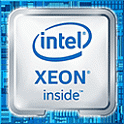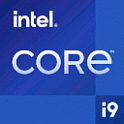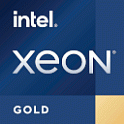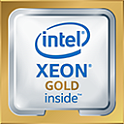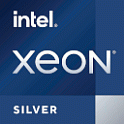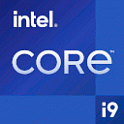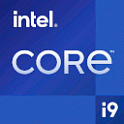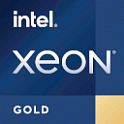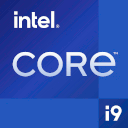 Intel Core i9-12900K
Intel Core i9-12900K
 AMD Ryzen Threadripper PRO 5975WX
AMD Ryzen Threadripper PRO 5975WX
Comparision Intel Core i9-12900K vs AMD Ryzen Threadripper PRO 5975WX
Grade
Top specs and features
Passmark test
Power Consumption (TDP)
Technological process
L1 cache size
L2 cache size
Description
The Intel Core i9-12900K processor runs at 3.2 Hz, the other AMD Ryzen Threadripper PRO 5975WX runs at 3.6 Hz. Intel Core i9-12900K is able to accelerate to 5.2 Hz , and the second to 4.5 Hz. The maximum power consumption for the first processor is 125 W, and for AMD Ryzen Threadripper PRO 5975WX 280 W.
In terms of architecture, Intel Core i9-12900K is built using 7 nm technology. AMD Ryzen Threadripper PRO 5975WX on the 7 nm architecture.
Relative to processor memory. Intel Core i9-12900K can support DDR5. The maximum supported size is 128 MB. It should be noted that the maximum memory bandwidth is 76.8. The second processor AMD Ryzen Threadripper PRO 5975WX is capable of supporting DDR4. The throughput is There is no data. And the maximum amount of supported RAM is There is no data MB.
Graphics. Intel Core i9-12900K has a graphics engine UHD Intel 770. The frequency of which is - 300 MHz. AMD Ryzen Threadripper PRO 5975WX received video core Discrete Graphics Card Required. Here the frequency is There is no data MHz.
How processors perform in benchmarks. In the PassMark benchmark, Intel Core i9-12900K scored 41048. And AMD Ryzen Threadripper PRO 5975WX scored 74665 points.
Why AMD Ryzen Threadripper PRO 5975WX is better than Intel Core i9-12900K
- Power Consumption (TDP) 125 W против 280 W, less by -55%
- L1 cache size 1280 KB против 1024 KB, more on 25%
- Maximum processor frequency 5.2 GHz против 4.5 GHz, more on 16%
Intel Core i9-12900K vs AMD Ryzen Threadripper PRO 5975WX: highlights


Test results
Technology
Performance
Memory specification
Interfaces and communications
Main characteristics
FAQ
Can Intel Core i9-12900K and AMD Ryzen Threadripper PRO 5975WX work in 4K mode?
Intel Core i9-12900K - There is no data. AMD Ryzen Threadripper PRO 5975WX - There is no data.
How many PCIe lanes
Intel Core i9-12900K - 20. AMD Ryzen Threadripper PRO 5975WX - There is no data.
How much RAM does it support?
Intel Core i9-12900K supports 128 GB. AMD Ryzen Threadripper PRO 5975WX supports There is no dataGB.
How fast are the processors?
Intel Core i9-12900K operates on 3.2 GHz.6 GHz.
How many cores does the processor have?
Intel Core i9-12900K has 16 cores. AMD Ryzen Threadripper PRO 5975WX has 32 cores.
Do processors support ECC memory?
Intel Core i9-12900K - has. AMD Ryzen Threadripper PRO 5975WX - There is no data.
Does Intel Core i9-12900K have embedded graphics?
Intel Core i9-12900K - UHD Intel 770. AMD Ryzen Threadripper PRO 5975WX - Discrete Graphics Card Required
What kind of RAM is supported
Intel Core i9-12900K supports DDR5. AMD Ryzen Threadripper PRO 5975WX supports DDR4.
What is the socket of the processors?
Using FCLGA1700 to set Intel Core i9-12900K. sWRX8 is used to set AMD Ryzen Threadripper PRO 5975WX.
What architecture do they use?
Intel Core i9-12900K is built on the Alder Lake architecture. AMD Ryzen Threadripper PRO 5975WX is built on the There is no data architecture.
Is the Intel Core i9-12900K CPU multiplier unlocked?
Intel Core i9-12900K - has. AMD Ryzen Threadripper PRO 5975WX - doesn't have.
How do processors perform in benchmarks?
According to PassMark, Intel Core i9-12900K scored 41048 points. AMD Ryzen Threadripper PRO 5975WX scored 74665 points.
What is the maximum frequency of processors?
Intel Core i9-12900K has a maximum frequency of 5.2 Hz. The maximum frequency of AMD Ryzen Threadripper PRO 5975WX reaches 4.5 Hz.
How much energy do they consume?
The power consumption of Intel Core i9-12900K can be up to 125 Watts. AMD Ryzen Threadripper PRO 5975WX has up to 125 Watts.








